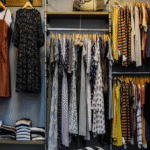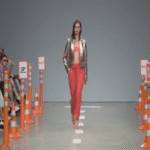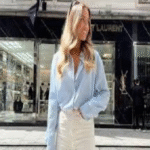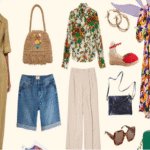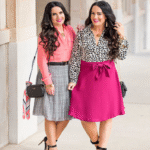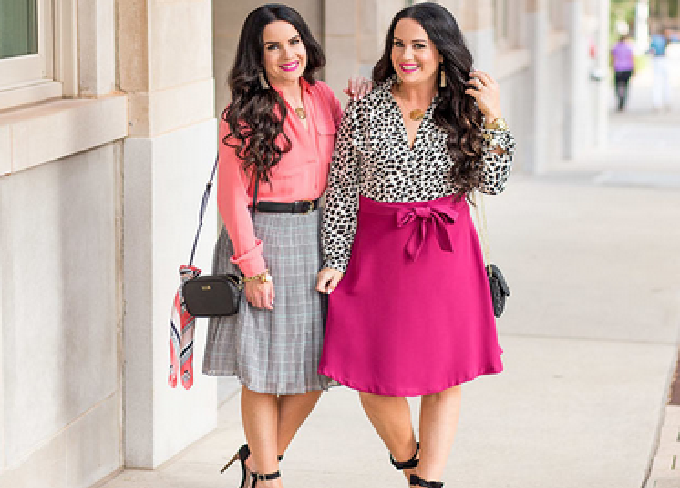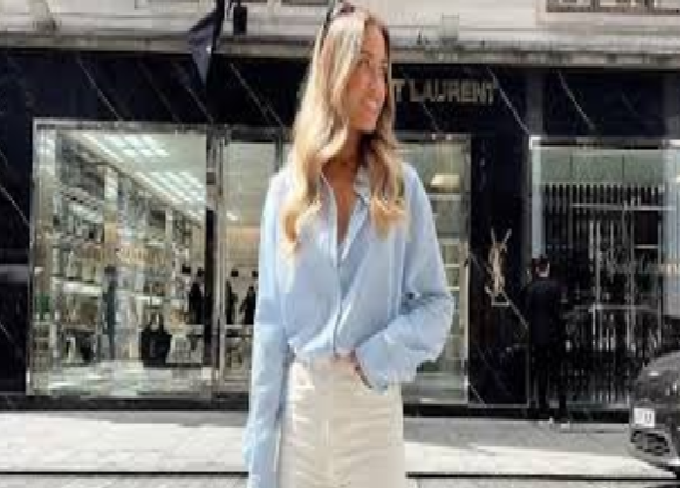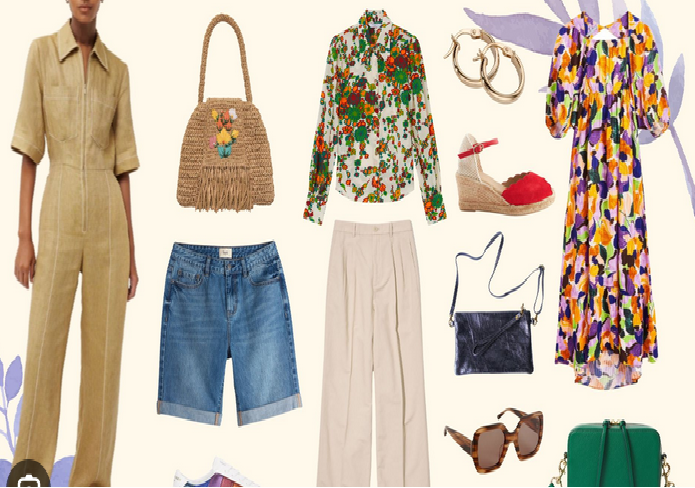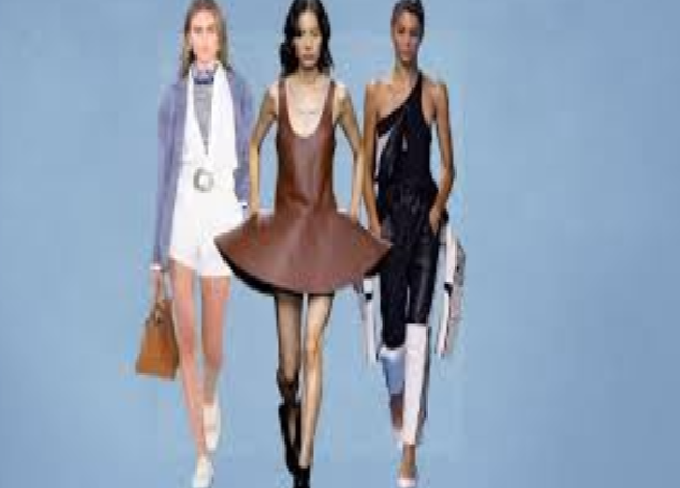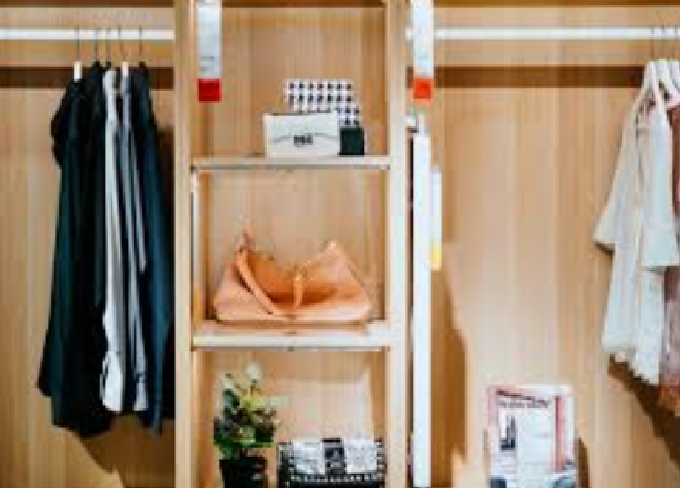Fashion isn’t about owning the most expensive wardrobe — it’s about knowing how to make the most of what you have. Mixing and matching clothes is an art that allows women to express creativity, confidence, and personality through style. Whether you’re dressing for work, a date night, or a casual outing, mastering the skill of combining pieces can transform your entire look. The key lies in understanding colors, patterns, textures, and proportions — and knowing how to balance them effortlessly.
In this comprehensive guide, we’ll explore how to mix and match clothes like a true fashion pro — helping you build outfits that turn heads, stay versatile, and never go out of style.
1. Understand Your Personal Style
Before diving into your closet, take time to identify your personal style. Are you classic, bohemian, chic, edgy, or minimalist? Understanding your fashion identity helps you make cohesive outfit choices instead of random combinations.
-
Classic: You love timeless pieces like blazers, white shirts, and tailored pants. Stick with neutral tones and clean lines.
-
Bohemian: You enjoy flowy dresses, earthy tones, and layered textures. Mixing prints and fabrics suits your style perfectly.
-
Chic: You prefer elegant simplicity — monochromes, statement accessories, and sleek silhouettes.
-
Edgy: You lean toward leather, bold prints, and unique layering.
-
Minimalist: You focus on quality over quantity, preferring solid colors and streamlined shapes.
Once you know your style type, it becomes easier to mix and match pieces that align with your personality while staying fashionable.
2. Start with Wardrobe Basics
Every stylish woman needs a solid foundation of wardrobe essentials that pair effortlessly with almost anything. These are your mix-and-match heroes — timeless, versatile, and easy to style.
Must-Have Basics Include:
-
A crisp white shirt
-
Black trousers or jeans
-
Blue denim jeans
-
A neutral blazer
-
A plain white or black T-shirt
-
A little black dress (LBD)
-
A denim or leather jacket
-
Neutral-colored skirts (black, beige, or gray)
These items act as your blank canvas, allowing you to build endless outfit combinations with trendier or bolder pieces.
3. Master the Color Wheel
Color coordination is essential to mastering mix-and-match fashion. Understanding how colors work together can instantly elevate your outfit.
Here’s a quick color guide:
-
Complementary Colors: Opposites on the color wheel (like blue and orange, red and green). They create a bold, eye-catching look.
-
Analogous Colors: Colors next to each other (like blue, teal, and green). These create a harmonious, calming effect.
-
Monochromatic Scheme: Different shades of the same color. It’s elegant and elongates your silhouette.
-
Neutral Palette: White, black, gray, beige, and navy pair well with almost anything.
For beginners, start with neutrals as your base and add pops of color through accessories, scarves, or shoes.
4. Balance Patterns and Prints
Mixing prints can feel intimidating, but when done right, it’s a sign of a fashion pro. The secret lies in maintaining balance.
Tips to Mix Patterns Like a Stylist:
-
Keep one print dominant: Pair a bold floral blouse with subtle striped pants.
-
Stick to a similar color palette: This ensures harmony even if the prints differ.
-
Mix scale and size: Combine large prints with smaller ones to avoid visual chaos.
-
Use neutrals as buffers: If you’re wearing a patterned top, pair it with a solid-colored bottom.
Classic combinations like stripes and florals or polka dots and checks can make a bold yet refined statement.
5. Play with Textures
Texture adds depth and richness to your outfit. Mixing fabrics like silk, denim, leather, and wool can create a visually interesting and tactile ensemble.
How to Combine Textures Gracefully:
-
Contrast rough with smooth: Pair a chunky knit sweater with a satin skirt.
-
Mix casual with luxe: Combine denim jeans with a velvet blazer or silk blouse.
-
Layer wisely: Textures should complement, not compete. Keep one standout texture and tone down the rest.
Experimenting with textures gives your outfit dimension and prevents it from looking flat or monotonous.
6. Understand Proportion and Fit
No matter how trendy an outfit is, if it doesn’t fit well, it won’t look polished. Mixing and matching require a keen eye for proportion — balancing loose and fitted elements to flatter your body shape.
Styling Rules for Proportion:
-
If you wear loose on top, go fitted on the bottom — and vice versa.
-
High-waisted bottoms elongate the legs and balance crop tops or tucked-in blouses.
-
Layering long over short (like a long cardigan over a mini skirt) creates visual interest.
-
Define your waist: A belt can instantly structure a flowy outfit.
Perfecting proportion ensures your outfit looks intentional, not accidental.
7. Layer Like a Pro
Layering is one of the most powerful tools in fashion. It allows you to mix textures, colors, and patterns while adding versatility to your wardrobe.
Pro Tips for Layering:
-
Start thin, build thick: Begin with lightweight base layers like camisoles or shirts, then add thicker pieces like jackets or coats.
-
Vary lengths: Combine short and long layers to create visual depth.
-
Keep color harmony: Layer within the same color family for a sleek look.
-
Add accessories last: Scarves, hats, and necklaces should complement the layered look, not overwhelm it.
Well-done layering transitions easily between seasons and occasions.
8. Accessorize Smartly
Accessories are the finishing touch that brings your outfit together. The right jewelry, bag, belt, or shoes can completely change your look.
Accessory Styling Tips:
-
Minimalist outfit? Go bold: Pair simple clothes with statement jewelry or a colorful handbag.
-
Busy outfit? Keep accessories simple: Let your clothes do the talking.
-
Belts define shape: They can turn an oversized shirt into a chic dress or add structure to a flowing top.
-
Shoes matter: Heels can elevate casual jeans, while sneakers can tone down a fancy dress for street-style flair.
Remember — accessories are your best tools for expressing individuality.
9. Mix Casual with Formal Pieces
Modern fashion embraces blending styles once considered mismatched. Pairing casual and formal elements creates a balanced and trendy aesthetic.
Style Examples:
-
Blazer with jeans: A structured blazer instantly elevates denim.
-
Sneakers with dresses: Comfortable yet chic for day outings.
-
Silk blouse with cargo pants: A mix of feminine and utilitarian appeal.
-
T-shirt with midi skirt: Perfect for casual elegance.
This fusion of styles is what makes your outfit look effortlessly fashionable — like a true fashion pro.
10. Build Capsule Outfits
A capsule wardrobe helps you create dozens of outfits from a few key pieces. The goal is to mix and match versatile items to cover every occasion.
Steps to Build a Capsule Wardrobe:
-
Choose a neutral color base (black, white, beige, gray).
-
Add 3–4 accent colors that suit your skin tone.
-
Include tops, bottoms, and outerwear that can be paired interchangeably.
-
Add versatile footwear and accessories.
This approach simplifies daily dressing while maintaining a stylish edge.
11. Use Statement Pieces Wisely
Statement pieces — such as bold jackets, patterned pants, or embellished tops — can instantly draw attention. However, the trick is to let them shine without overwhelming your outfit.
How to Style Statement Pieces:
-
Keep the rest simple: If your top is loud, choose neutral bottoms.
-
Balance boldness: Pair an extravagant skirt with a plain T-shirt.
-
Repeat color tones subtly: Use a bag or shoe that echoes one shade from your statement piece.
Strategic use of statement pieces keeps your outfit exciting yet balanced.
12. Experiment with Seasonal Layers
Each season offers a chance to reinvent your wardrobe through layering and fabric changes.
Spring/Summer Tips:
-
Light fabrics like cotton and linen are perfect for breezy looks.
-
Mix pastel tops with white or denim bottoms.
-
Layer with lightweight cardigans or kimonos.
Autumn/Winter Tips:
-
Combine turtlenecks with blazers or long coats.
-
Play with earthy tones like camel, burgundy, and forest green.
-
Layer knits, scarves, and boots for a cozy-chic vibe.
Adapting your mix-and-match strategy by season keeps your style fresh year-round.
13. Create Outfits Around One Key Piece
Instead of starting from scratch, pick one item you want to wear and build your outfit around it.
Examples:
-
Statement skirt: Pair with a neutral top and sleek boots.
-
Printed blouse: Add solid trousers and subtle jewelry.
-
Colorful blazer: Style it with jeans and a white tee.
This method ensures balance while highlighting your chosen piece.
14. Take Inspiration from Fashion Icons
Fashion influencers, stylists, and celebrities often showcase clever mix-and-match combinations. Observe how they pair basics with bold pieces or how they use layering to create dimension.
You don’t need to copy their style — simply adapt their techniques to your personality. Notice their use of accessories, footwear, and color coordination to elevate your own wardrobe.
15. Confidence is the Ultimate Accessory
Even the best-styled outfit can fall flat without confidence. Wearing your clothes with poise and authenticity is what truly makes you stand out. Fashion pros know that style is about how you carry yourself, not just what you wear.
Confidence Tips:
-
Stand tall and maintain good posture.
-
Wear what makes you feel comfortable and empowered.
-
Smile — it’s the best accessory you own.
When you feel confident in your outfit, it shows in your energy and attitude.
16. Practice and Evolve Your Style
Fashion is ever-changing, and so should your approach. Experiment regularly — try new colors, patterns, or silhouettes. Over time, you’ll naturally learn what combinations suit your body type, lifestyle, and taste.
Take photos of your favorite outfits for future reference. Gradually, you’ll curate a signature mix-and-match style that feels authentically you.
Conclusion: Mastering the Mix and Match Mindset
Mixing and matching clothes like a fashion pro is not about following strict rules — it’s about creativity, balance, and self-expression. Once you master color harmony, proportion, texture, and layering, your wardrobe becomes a playground of endless possibilities.

